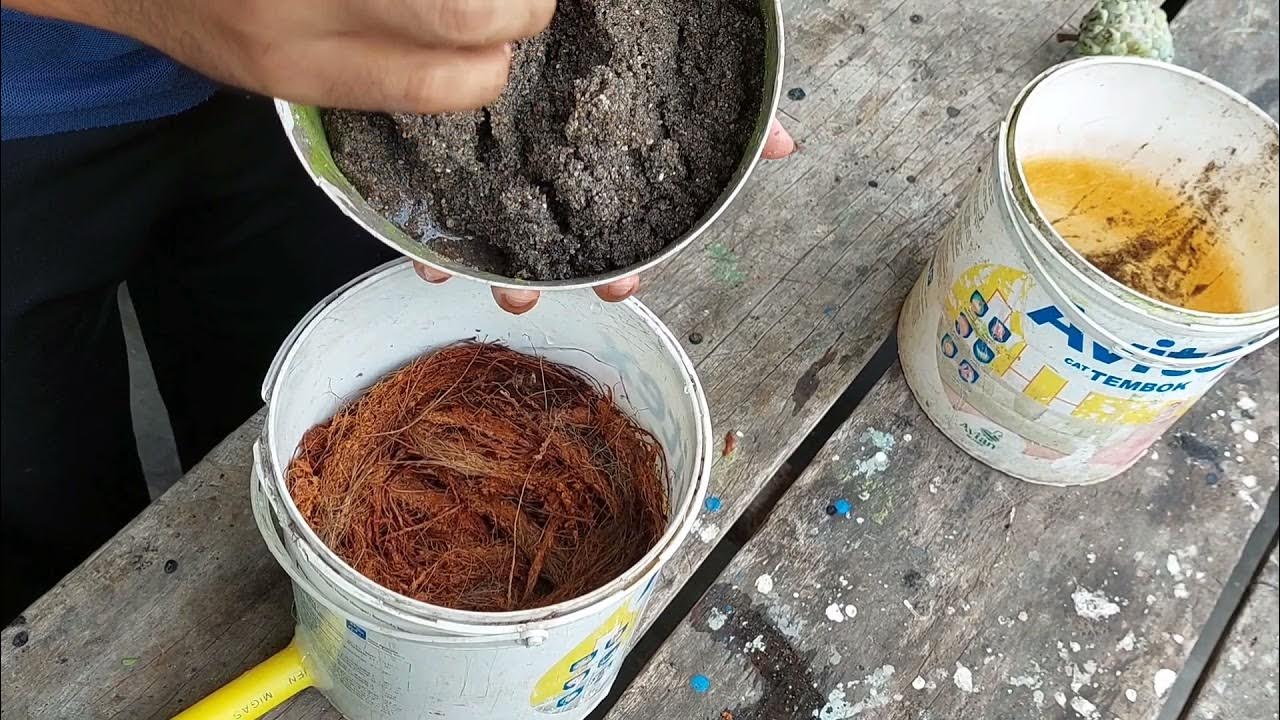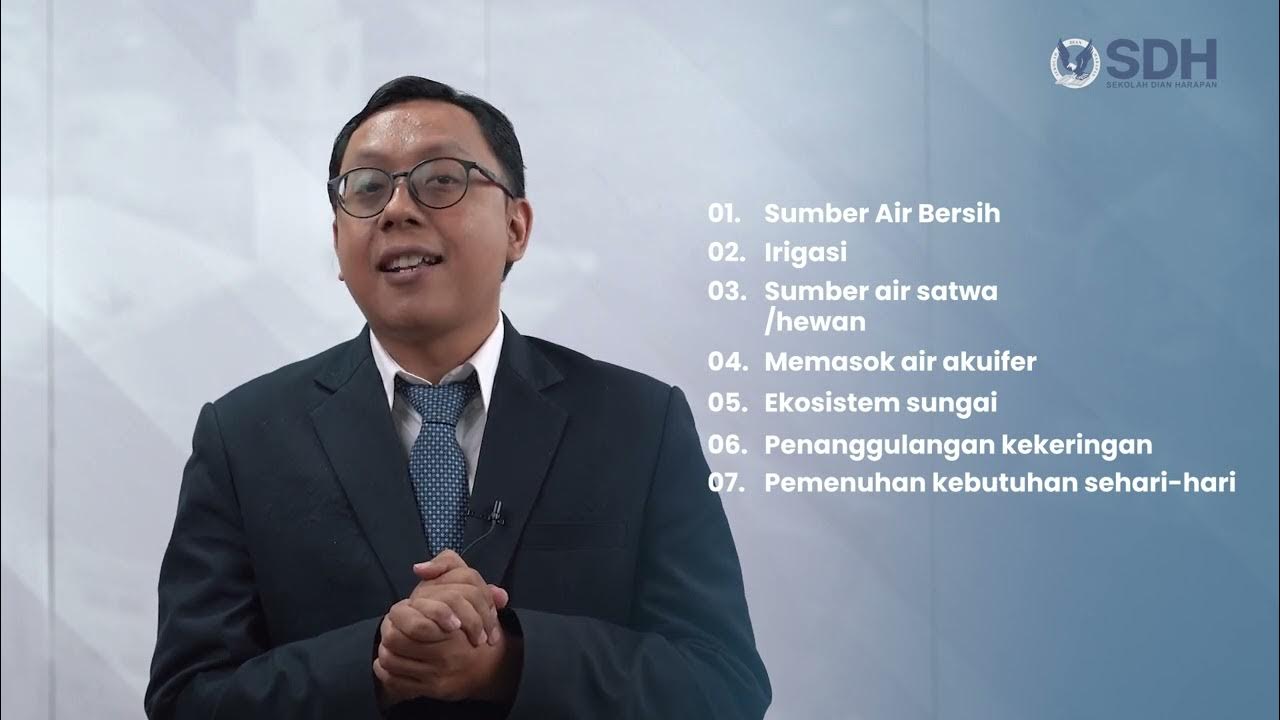Dyed Water Moving Through a Sand Tank
Summary
TLDRThis video demonstrates the movement of groundwater through various porous materials like gravel, silt, and sand. Using a physical model, the flow of water from reservoirs is tracked with the addition of colored dyes to wells at different depths. As the dyes move through the system, the video shows how groundwater flow converges and diverges across layers, revealing varying velocities. The experiment compresses 30 minutes of real-time flow into a 1-minute video, illustrating how the flow changes over time and how the dye eventually fades, emphasizing the slow but steady nature of groundwater movement.
Takeaways
- 💧 The physical model simulates a groundwater system using layers of gravel, silt, and sand.
- 🌊 Water enters the tank from reservoirs on both the left and right, maintained at constant levels.
- 🏞️ An outflow tube near the left side represents groundwater discharging into a stream.
- 🕳️ Wells penetrate the porous layers at various locations and depths to observe groundwater behavior.
- 🔴 Red dye is added to a well to visualize the flow of groundwater through the system.
- ↗️ Flow from the left moves slightly upward due to diverging flow from the gravel lens, then turns downward as it converges.
- ⏩ Groundwater moves faster in the gravel lens, demonstrating variations in velocity in different materials.
- 🟢 Green dye added below the silt layer shows upward and rightward movement as water converges on gravel ends connected to the stream.
- 🌫️ Dye concentration fades over time, indicating dilution and the slow nature of groundwater flushing.
- ⏳ While dye introduction is quick, complete removal of contaminants would require days of fresh water flow.
Q & A
What materials are used in the physical model to represent the subsurface?
-The model uses layers of gravel, silt, and sand to represent different subsurface materials.
How is water introduced into the model?
-Water flows into the tank from reservoirs on the left and right, which are maintained at a constant water level.
What does the outflow tube in the model represent?
-The outflow tube, located about three-quarters of the way from the left side, represents a location where groundwater discharges into a stream.
How do wells function in this groundwater model?
-Wells penetrate the porous materials at various locations and depths, allowing observation of groundwater flow and dye movement.
Why is red dye added to one of the wells?
-Red dye is added to visualize the movement of groundwater through the porous materials.
Why does the dye move slightly upward as it flows from the left?
-The upward movement is caused by diverging flow as water exits the gravel lens to the left.
Why does groundwater flow appear faster in the gravel lens?
-Groundwater velocity is higher in the gravel lens, so the dye moves more rapidly when it enters this area.
What happens when green dye is added below the silt layer?
-The green dye moves upward and to the right because flow is converging on the gravel lens that connects to the stream.
Why do the colors of the dye fade over time?
-The concentration of dye decreases as fresh water continuously flushes the system, showing how pollutants or tracers are gradually removed.
How is the time in the video adjusted to show groundwater flow?
-The video compresses 30 minutes of actual groundwater flow into 1 minute of footage to make the slow movement visible.
How long does it take for the dye to be completely flushed from the system?
-Although dye is introduced quickly, it can take days of flushing with fresh water for all the dye to be removed from the system.
Outlines

This section is available to paid users only. Please upgrade to access this part.
Upgrade NowMindmap

This section is available to paid users only. Please upgrade to access this part.
Upgrade NowKeywords

This section is available to paid users only. Please upgrade to access this part.
Upgrade NowHighlights

This section is available to paid users only. Please upgrade to access this part.
Upgrade NowTranscripts

This section is available to paid users only. Please upgrade to access this part.
Upgrade Now5.0 / 5 (0 votes)





